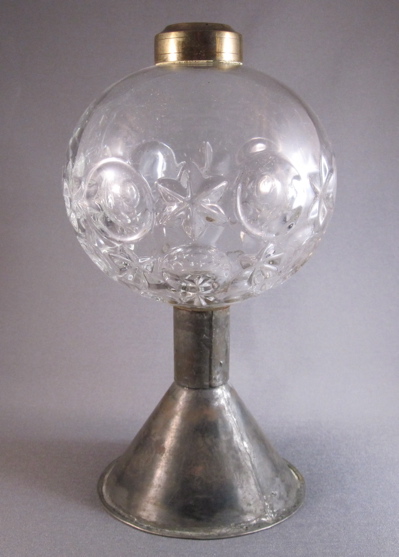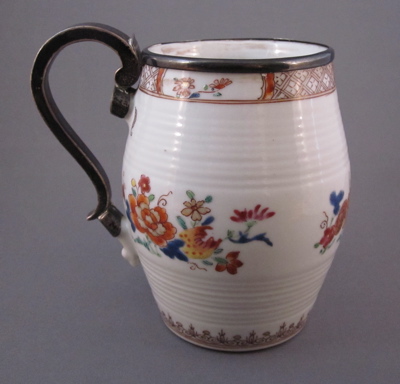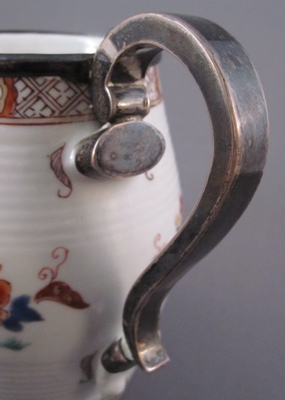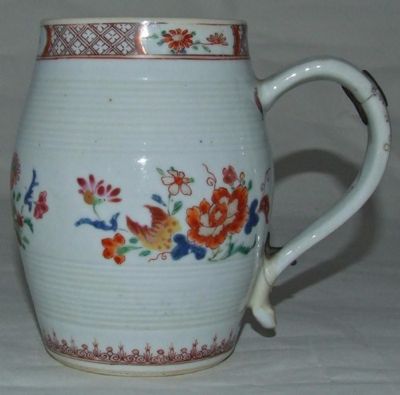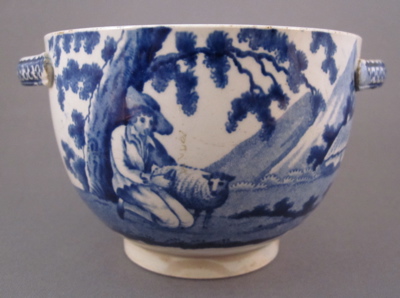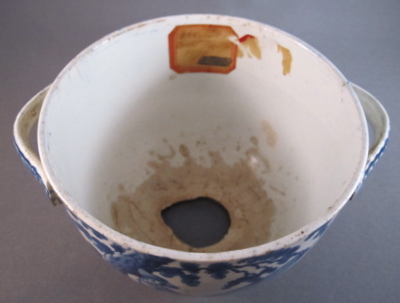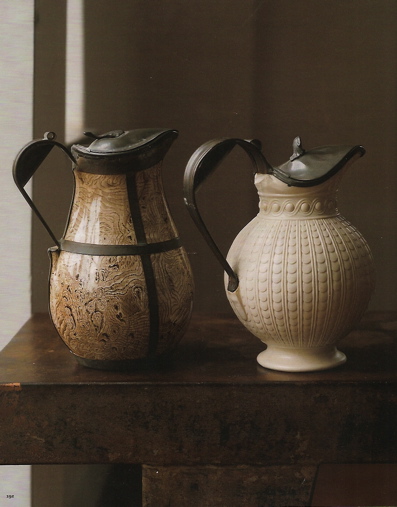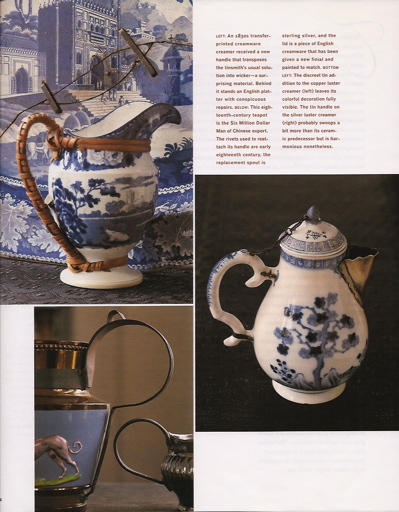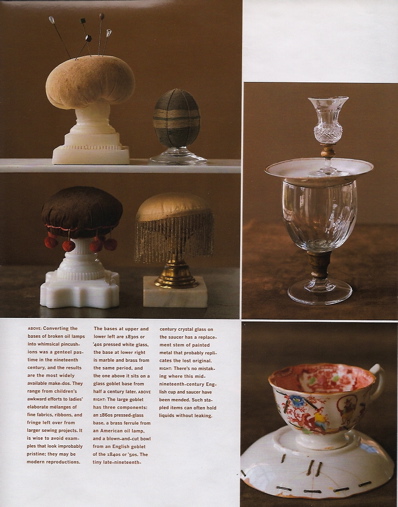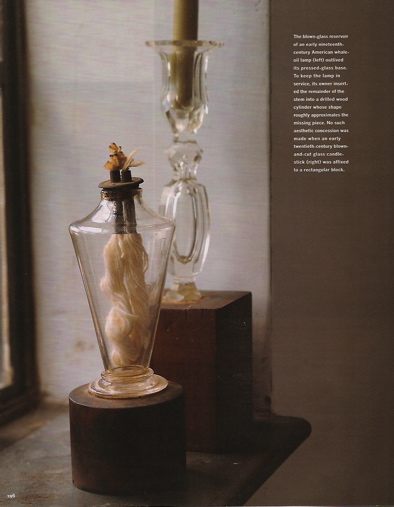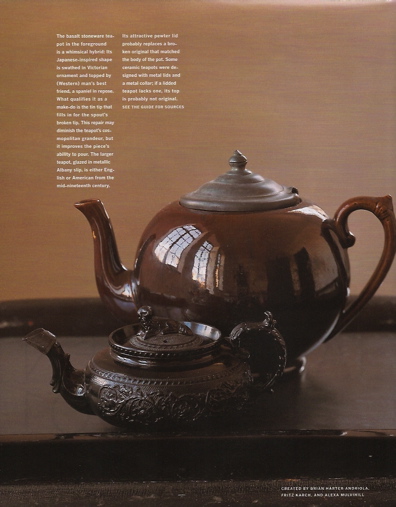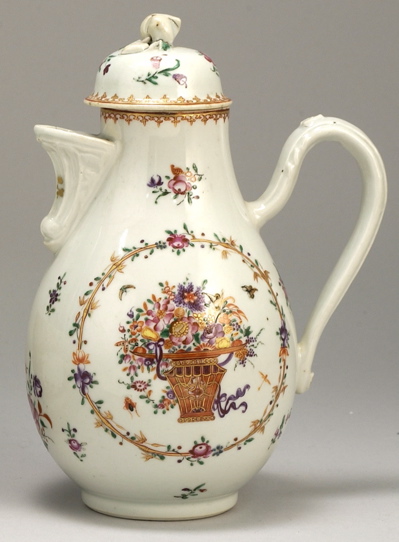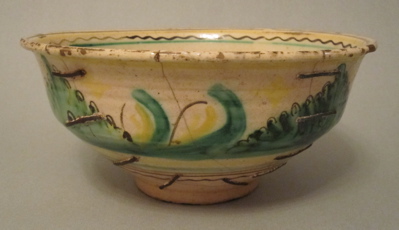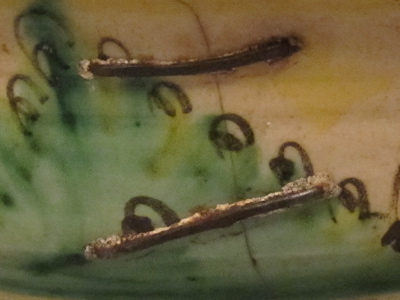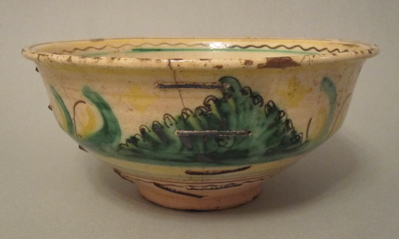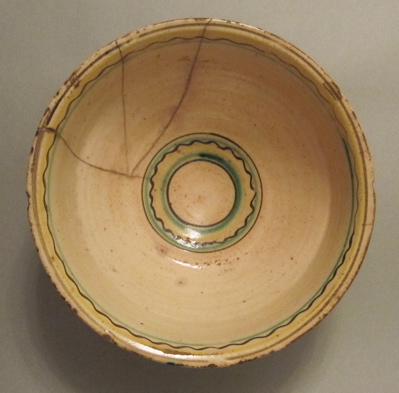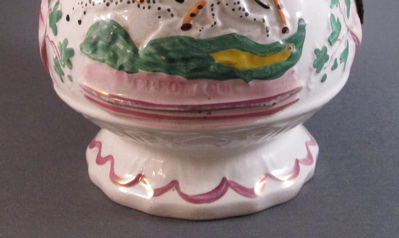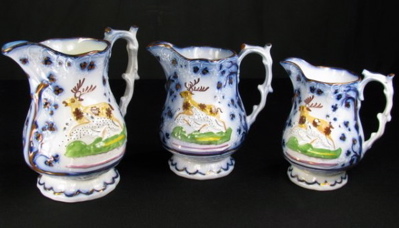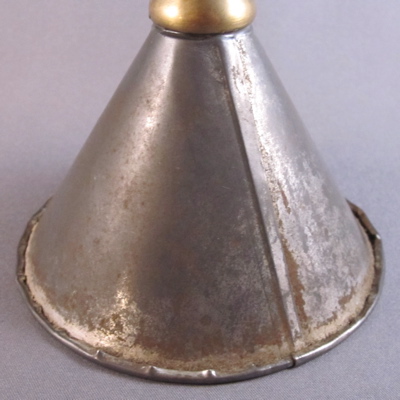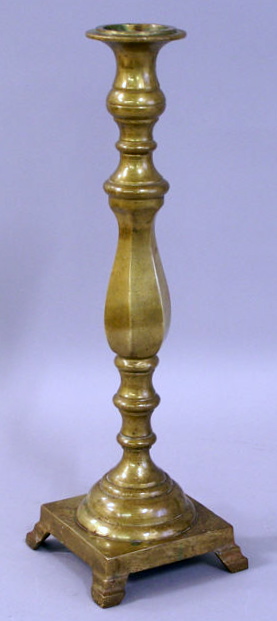Each year I look forward to stopping at some of the many Memorial Day weekend yard sales near my upstate NY home. I found the newest addition to my collection of antiques with inventive repairs last Saturday at a yard sale just a few miles from my house. This dark green hand-held welding mask made of glass-reinforced plastic by Oxweld measures 14-1/2″ high by 8-1/2″ wide

Mask appears to have been cut down from a flip-up helmet and converted to a hand held mask. A sturdy hand carved wood handle has been bolted on for easy gripping

A paper label bearing the name “BETHLEHEM” is partially obscured by the addition of the handle

“OXWELD, TRADE MARK” is stamped on the face of mask

Oxweld has been in business for almost 100 years, starting with the production of railway lanterns

Kitty Kalwasinski Markovich and Florence Josephs, “Rosie the Riveter” World War II steel workers. Welding mask has names of brothers marked with stars

photo courtesy of The Pullman State Historic Site
